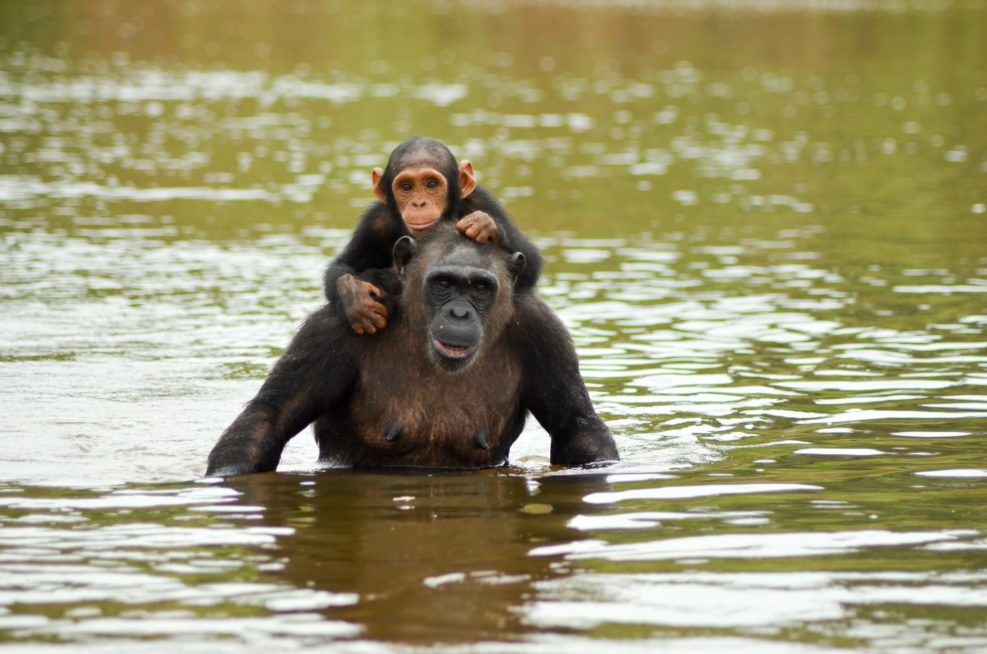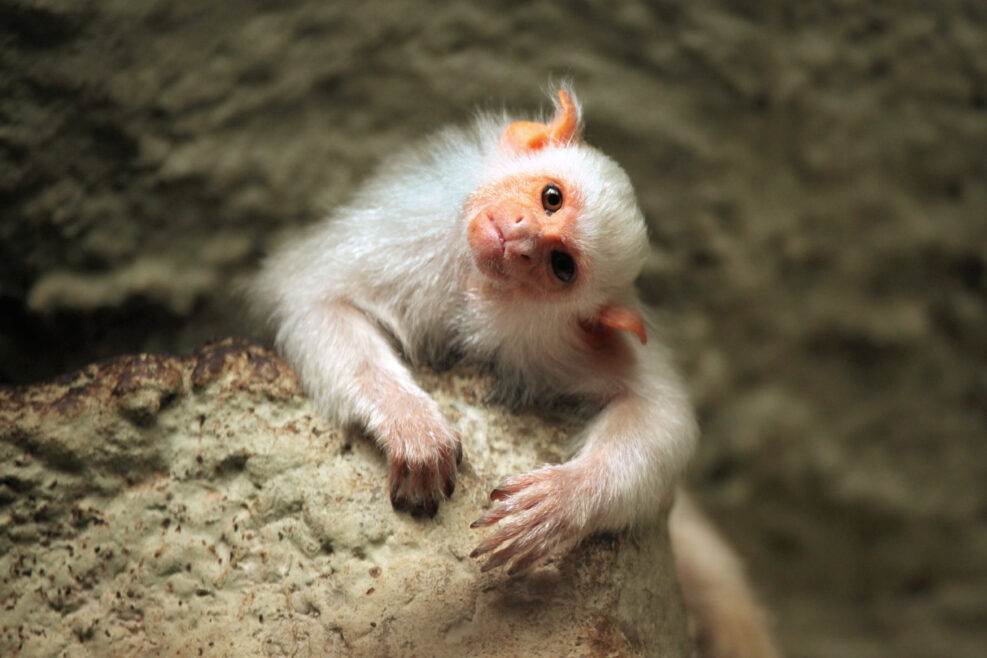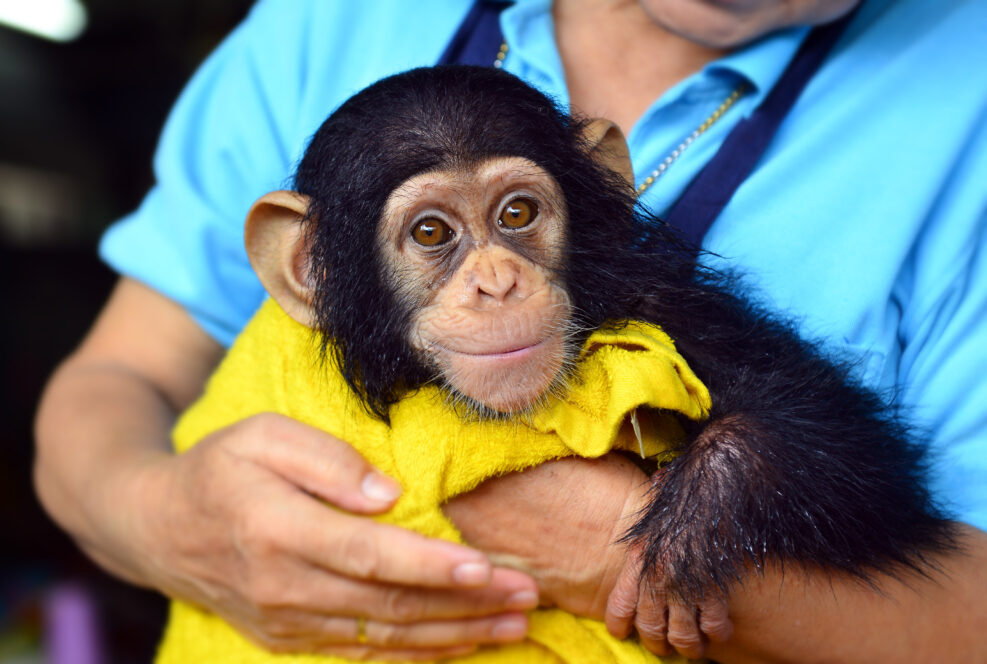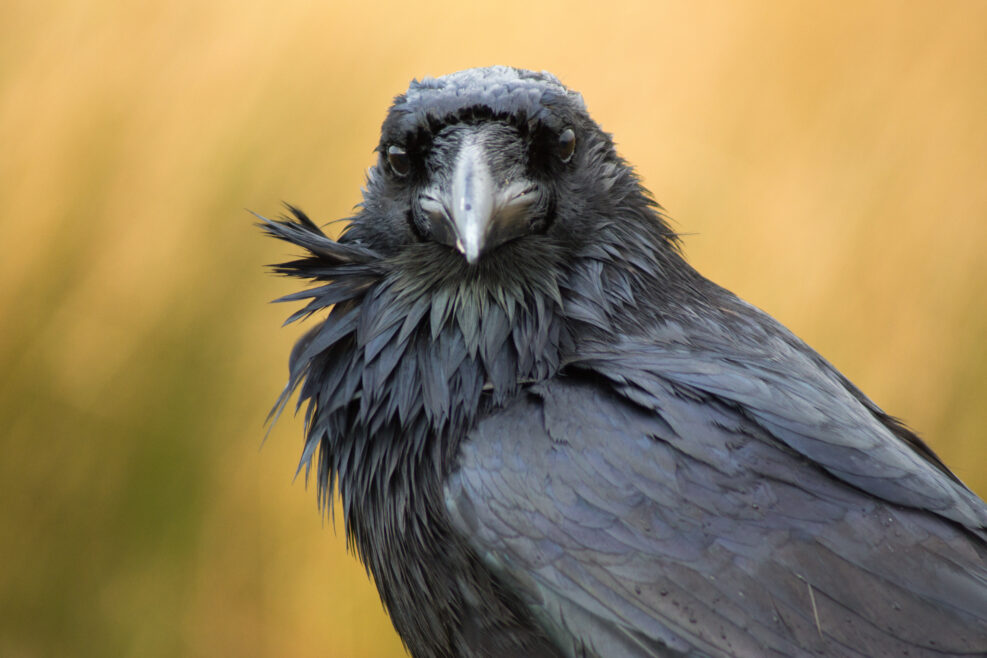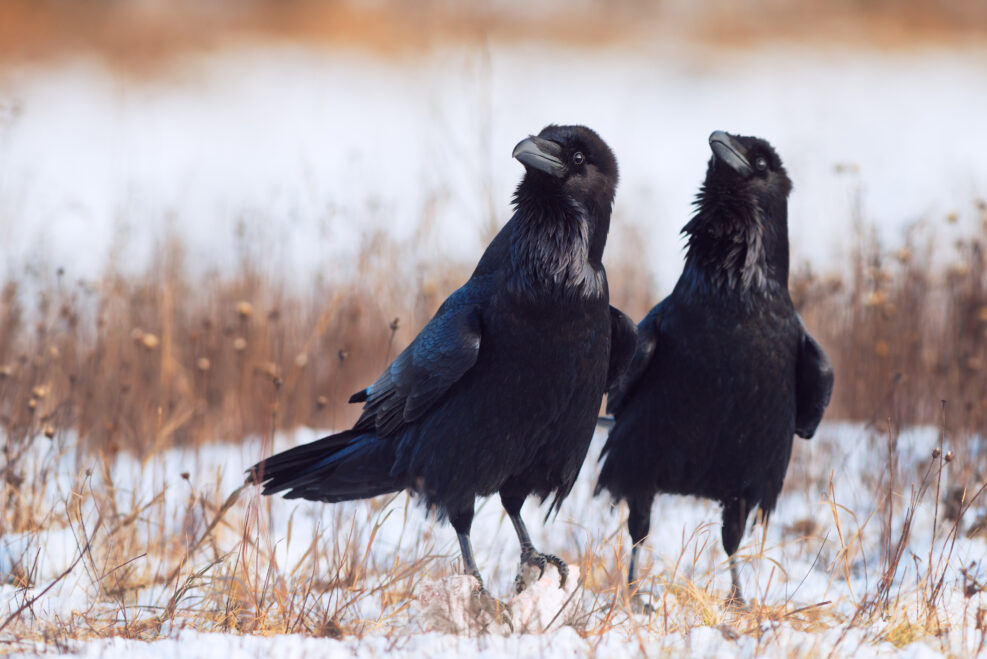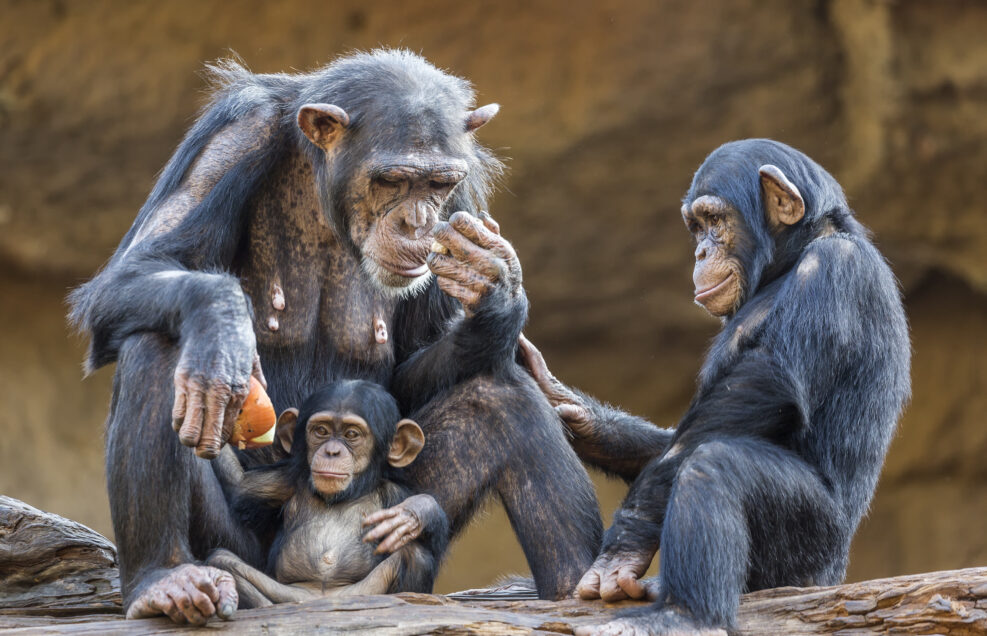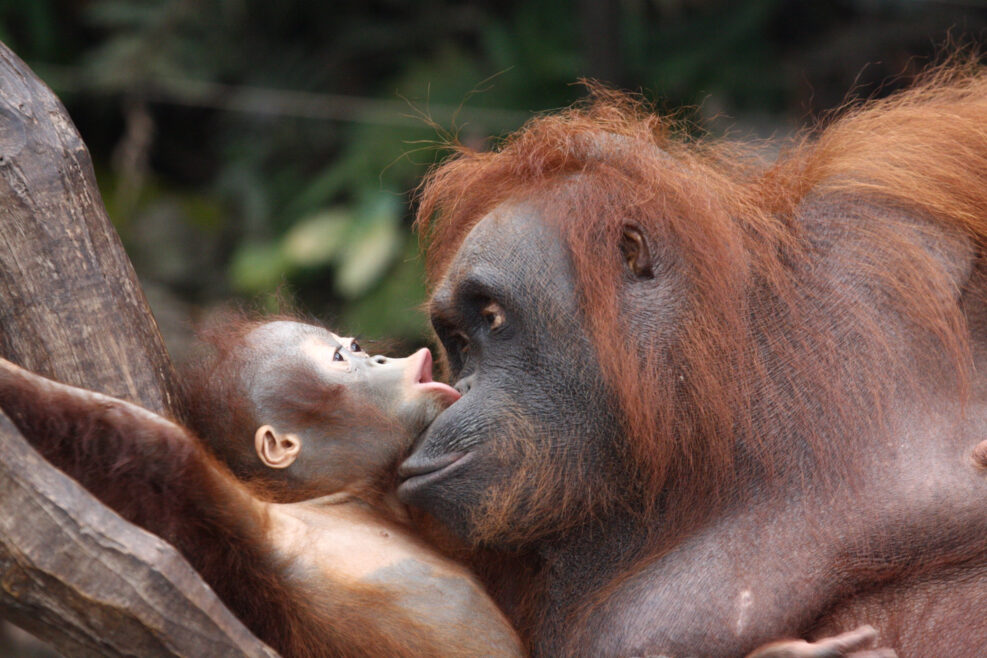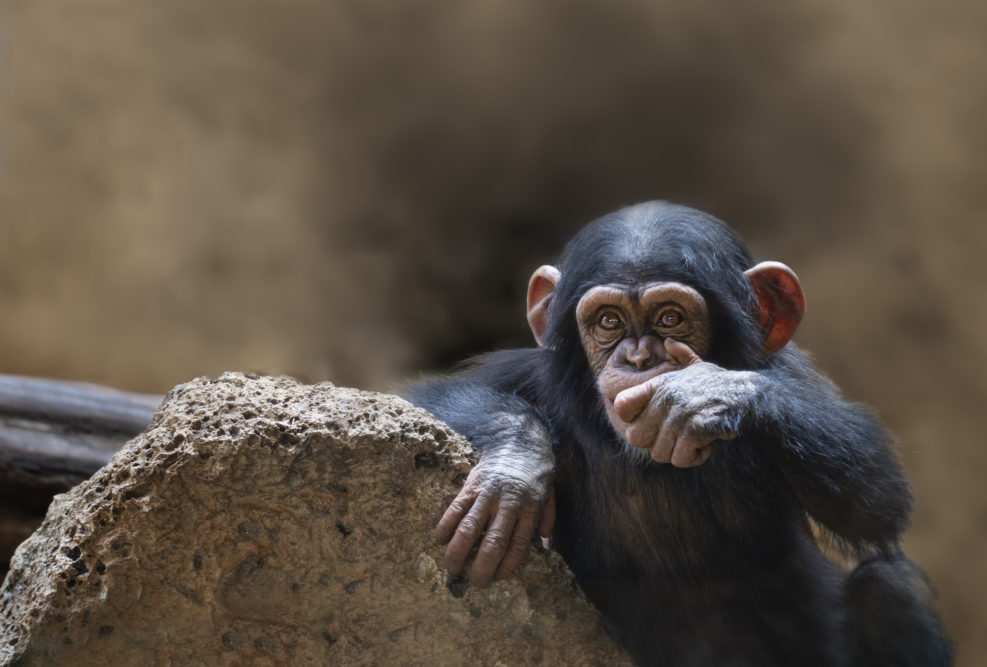
What Motivates Chimpanzee Experts Anyway?
Is it the welfare of primates or is it “politics by other means”?A review by animal historian Brigid Prial of a recent book in which chimpanzee experts reflect on their work tells us a good deal about the chimpanzee expert world. The reviewer is also the author of “Primatology is Politics by Other Means” from which we learn: “Adam and Eve, Robinson Crusoe and Man Friday, Tarzan and Jane: these are the figures who tell white western people about the origins and foundations of sociality. The stories make claims about “human” nature, “human” society. Western stories take the high ground from which man — impregnable, potent, and endowed with a keen vision of the whole — can survey the field. The sightings generate the aesthetic-political dialectic of contemplation/exploitation, the distorting mirror twins Read More ›
